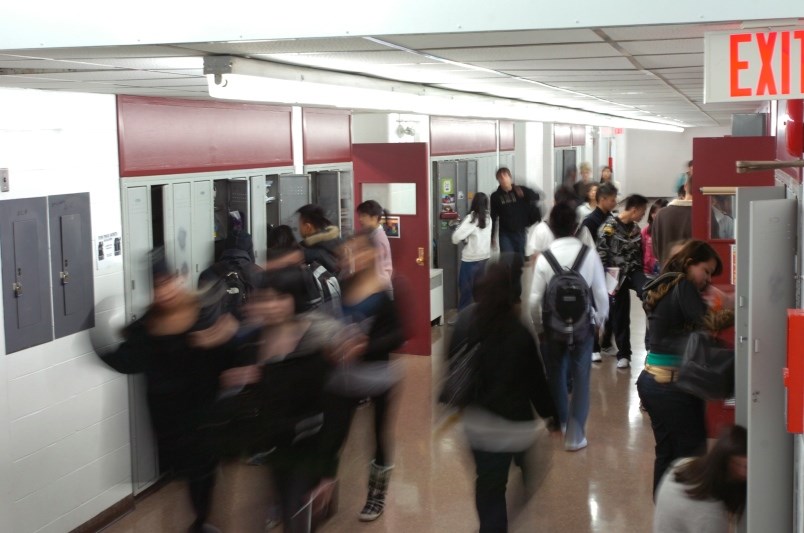Since the COVID-19 pandemic began back in March, we have learned to manage the risk the virus has brought into our lives.
Now everyone in the public and private school systems are going to have to buy into the risk analysis that is paving the way for classes to resume.
The BC Teachers’ Federation is pushing for significant changes to the plans, but other education organizations – representing trustees, principals, vice-principals, and parents – are on board with what is being proposed.
Some teachers are understandably nervous about students coming back to schools in much bigger numbers than what we saw in when schools opened back in June.
The BCTF seems particularly concerned about the older grades returning potentially at 100% levels, rather than the 40% levels that seemed to be the plan until a short time ago.
There also seems to be some apprehension and confusion around the proposed “learning groups” that for older grades can include up to 120 students and staff.
Public health officials approved the learning group numbers (it is a maximum of 60 for younger grades). They are different from the number of people in actual classrooms and represent likely members of several classrooms that will share different courses, lunch breaks and common activities.
However, with so much COVID-19 racing around the world, particularly in the U.S., gathering in large numbers these days has people nervous.
Can education officials come up with a final version that will placate any fears out there, among teachers, parents and students?
I am betting they will.
Too much is at stake to keep the schools closed for an extended period, or until a vaccine for the virus is discovered.
The elevated risk of exposure to the virus that comes with open schools is being weighed against the risks that a prolonged school closure would pose to the mental health of young people, to say nothing of their long-term education prospects.
If we can open restaurants, bars, grocery stores (and even strip clubs) in a safe fashion, surely we can find a way to open schools safely.
The public has bought into all kinds of changes to our behavior and lifestyle – keeping our physical distance, wearing masks, erecting physical barriers, cancelling concerts and sporting events – that have been suggested or required by public health officials.
There is no reason to think the same kind a “buy-in” will not be seen among the school population.
In announcing the back-to-school plans, provincial health officer Dr. Bonnie Henry made a key observation.
“We have always had risks in our schools,” she said. “There is no such thing as no risk.”
When it comes to COVID-19, we cannot eliminate risk of contracting the virus 100%, but we can minimize risk and manage it and, in so doing, the schools can reopen as so many other parts of our society have reopened.
Keith Baldrey is chief political reporter for Global BC.



